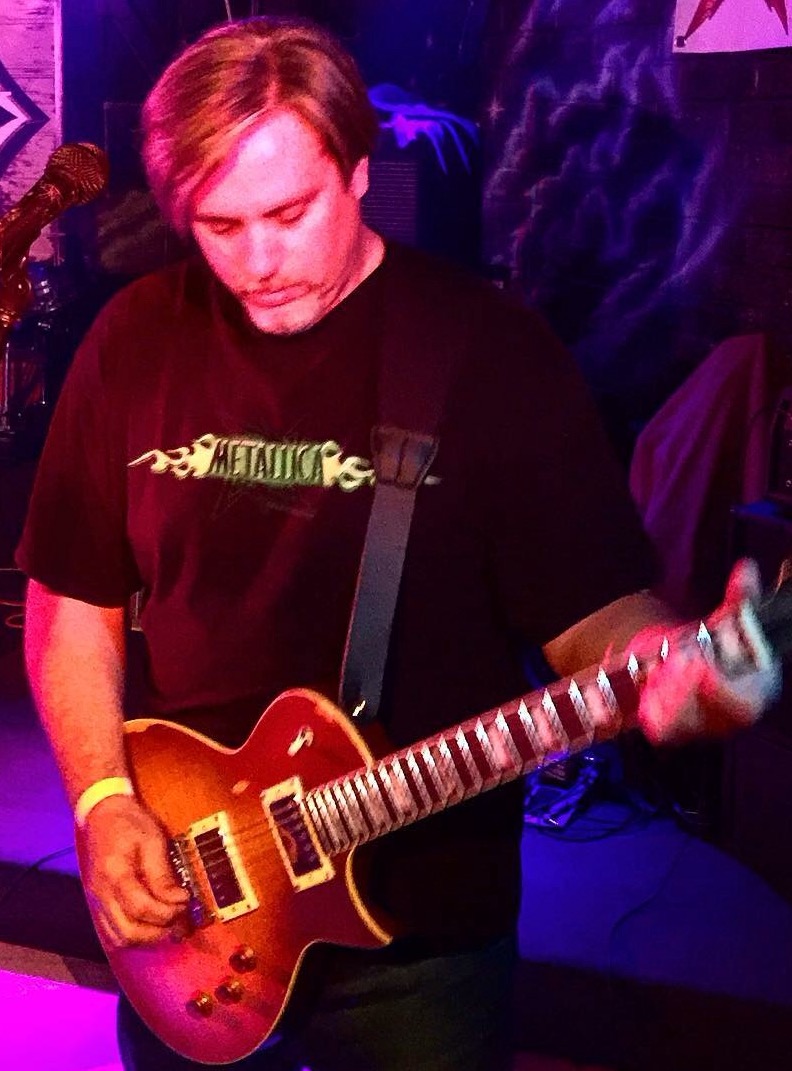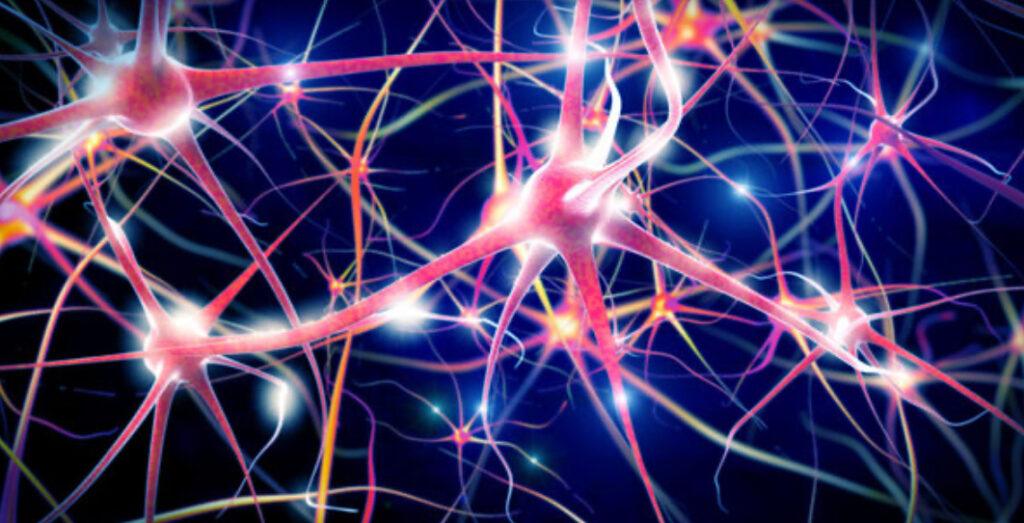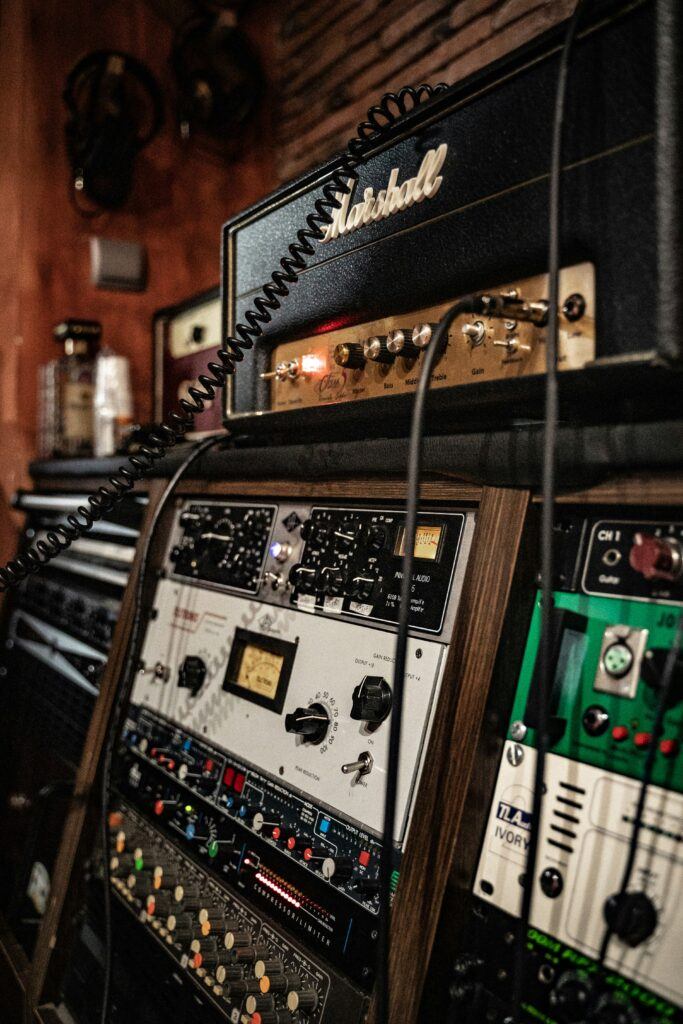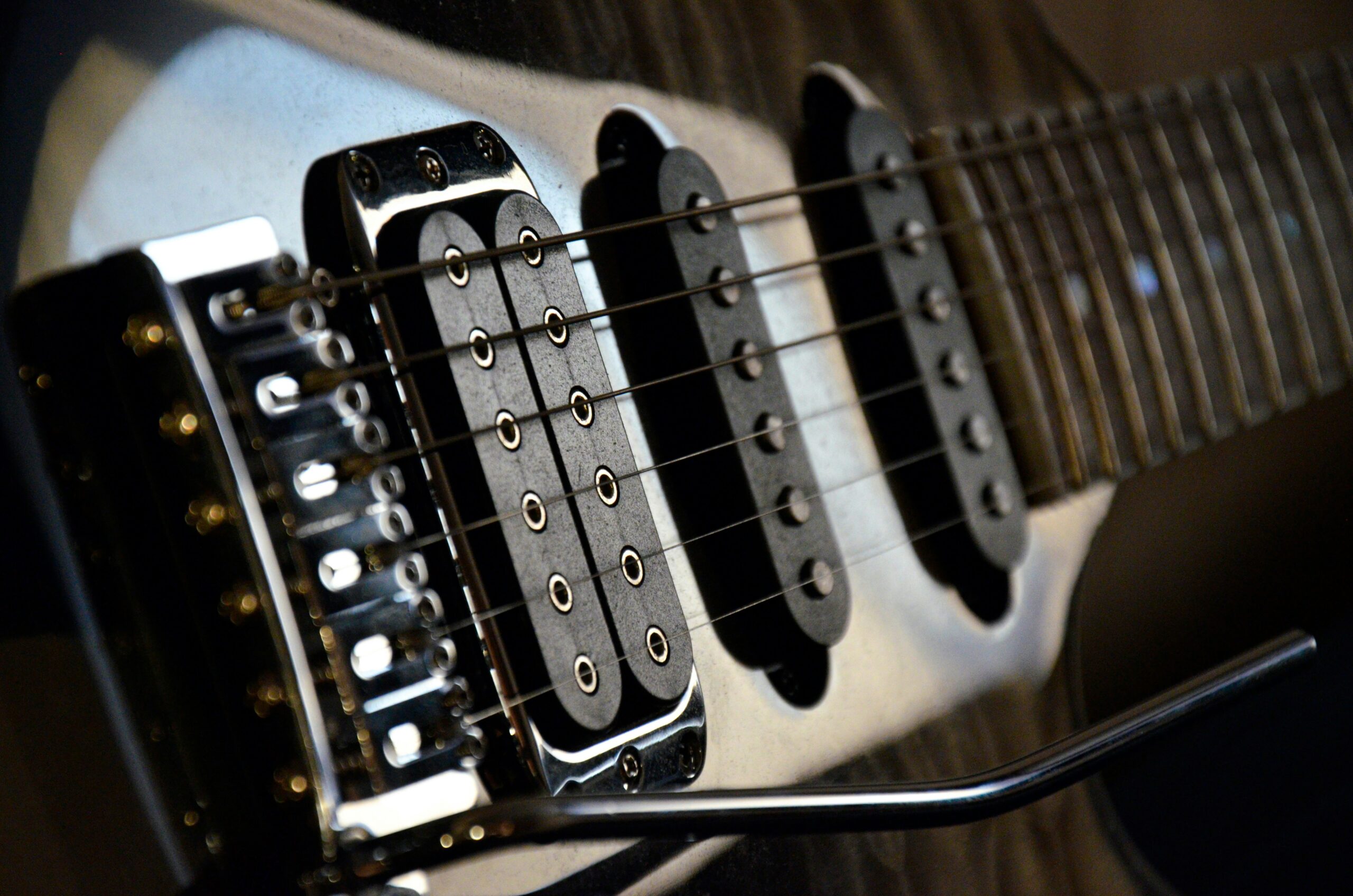
“Alright alright alright”, let’s kick things off by addressing some typical technical hiccups you might encounter as you start your adventure of self-taught guitar playing. It’s pretty wild, but the details in technique go a long way in determining the richness and clarity of the sound you create.
Believe it or not, self-taught guitarists are prone to making a few recurring mistakes, and I am one of them. Ever felt stuck or frustrated with your progress?
You’re probably hitting one of these pitfalls. Let’s roll up our sleeves and tackle them head-on.
There’s a delicate balance needed when pressing down on the strings. Not pressing hard enough can lead to that maddening buzzing sound, while pressing right up against the fret can cause the notes to lose their tonal sweetness.
Of course, at this point, your fingers are still building up the calluses needed to effectively make a clear tone when applying pressure on the strings.

Don’t worry too much about fingers getting twisted up in the early stages; this is a common issue. I’m here to help you with techniques that promote proper hand positioning and finger independence.
A little patience and a lot of practice can untangle those issues faster than you might think.
This isn’t just about mechanical skills; it’s also about developing your musical ear.
I know when I started learning the guitar, I really had no clue how to tune it properly. In the beginning, I would tune my guitar to a favorite song, probably from a cassette tape (yes, I’m that old….lol).
Eventually, I started using a proper tuning device, which is very important in training your ears.
This next one is not necessarily a “mistake” but something that could become a crutch in the long run. Learning solely from tablature can limit your growth. I’m guilty of this because guitar tabs were gaining popularity when I started.
But I have to say, it did help me put my fingers in the right place. The tabs in those days showed what notes they were along with the chords, so I was able to learn both at the same time.
So, it was a great learning tool at the time and still is relevant today. All things in balance I say! Your ears are so vital in how you interpret tones and will serve you even better, especially when you start to create your own original rock masterpieces.
Why not spice things up by incorporating some ear training? This is going to stretch your abilities and deepen your connection with music. I promise it’s a game-changer.

Now, you might wonder how these technical aspects play into the broader scope of learning guitar – especially when the psychological side of things comes into play.
A lot is happening very quickly when you’re a beginner, so let’s venture into the mind of a guitarist in the next section. (this might be scary)?
Let’s talk about the mental hurdles that come with teaching yourself guitar. It’s not all about the chords and scales; there’s a mental game to it as well. It’s creating good habits that will lead to your guitar playing prowess.
In my opinion, one of the most common traps self-taught guitarists fall into is the comparison pitfall. When I started, the only comparisons were to my favorite guitarists on Mtv and any local guitar heroes in my hometown.
Nowadays, scrolling through social media and seeing top guitarists showcase their best work can be overwhelming. It’s important to remember that these artists have years, often decades, of practice behind them.
Choose something that‘s familiar with you when it comes to learning styles. Some players get caught up with trying to learn every genre at once. Slow down, pick one style you love, and dive deep into it. This way, you’re building a strong foundation without diluting your efforts.
Another psychological aspect of learning is patience. Don’t worry too much about playing fast or flawlessly in the beginning. Speed and perfection will come with time. For now, focus on playing cleanly and correctly. It’s the little victories in accuracy that lead to big leaps in skill.
Learning an instrument is your personal journey, and comparing your chapter one to someone else’s chapter twenty doesn’t do justice to your growth.

Choosing the right equipment and creating a conducive environment is crucial when you’re teaching yourself to play the guitar. I’m here to help you with a few pointers that could make a world of difference.
First up, let’s tackle the issue of distortion. It’s tempting, I get it, but using too much of it can mask the mistakes you need to hear. Practicing clean tones can reveal a lot about your playing accuracy that distortion would otherwise hide.
Now, about effect pedals. These gadgets are fun, no doubt, but can be a bit of a trap for beginners. Relying on them too early could steer your focus away from honing raw techniques. It’s like trying to run before you can walk. Nail the fundamentals first, then add the flavors.
And I can’t stress this enough: playing too loud isn’t doing you any favors. Not only can it lead to potential hearing damage, but it can also overwhelm your sense of nuance in playing dynamics. Keep the volume at a level where you can hear yourself clearly without any ringing in your ears afterwards.

After all, mastering guitar is not about the loudest performance, but the most expressive one. Choose a volume that resonates with you and your neighbors probably won’t mind either.
In my opinion, if you can avoid these common equipment and environment pitfalls, you’ll be in a way better spot to grow as a guitarist. And guess what? That’s a huge step toward sounding like those players you admire (without rushing to crank up the gain).

I’ve been playing guitar 40 years now; writing, recording, and rocking in bands. Randy Rhoads, Warren DiMartini, and of course, Jimi Hendrix all lit the fire for me, and I’ve been chasing that passion ever since.